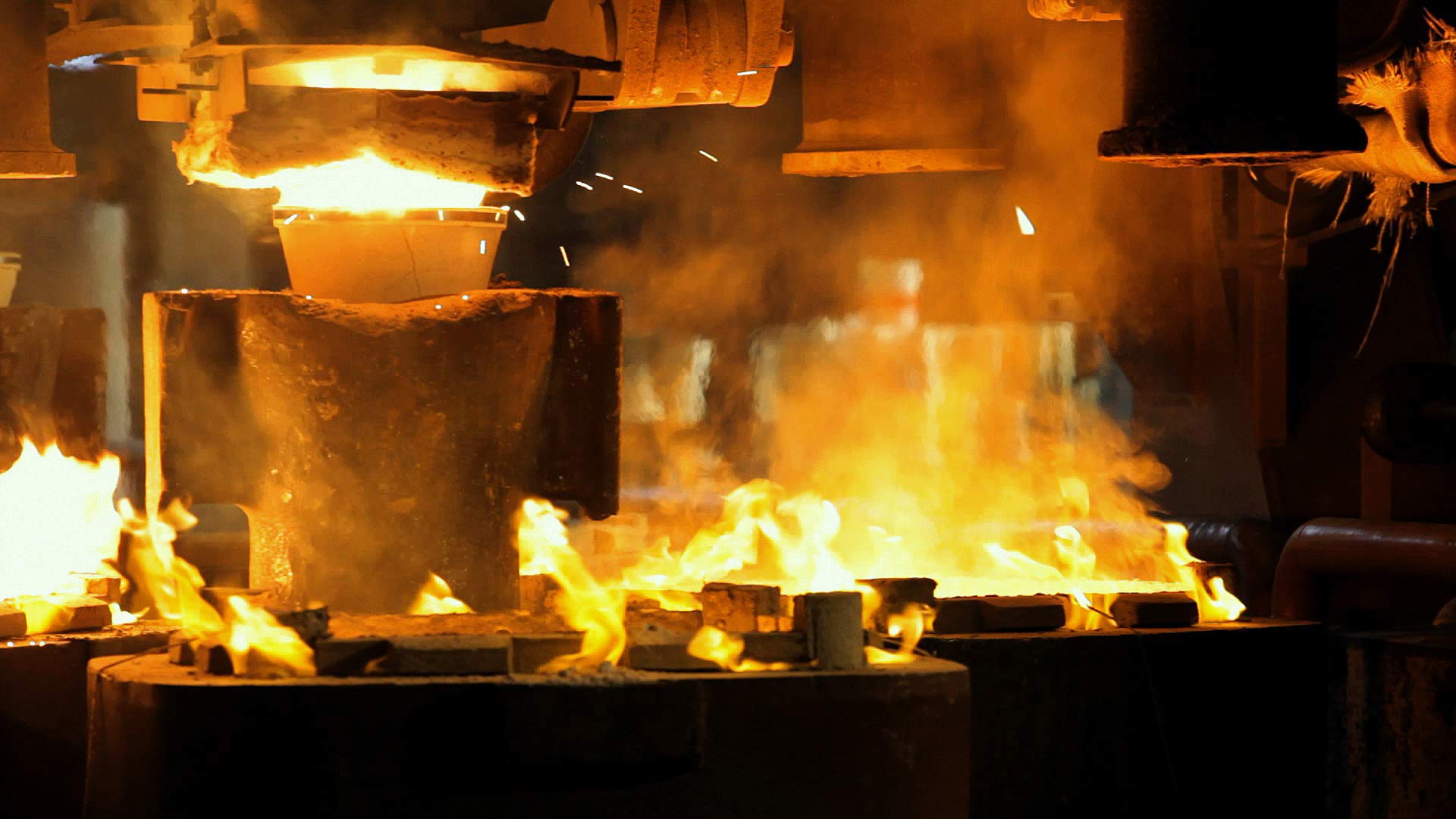Choose the measure unit in which display the data:
Valbruna Grade
BIOVAL® V138
Steel type
Precipitation Hardening
Description of material
BIOVAL® V138 is a precipitation hardening stainless steel fabricated by a special steel making processes and with an accurate chemical balance, able to warrant both higher mechanical properties and a resistance to general corrosion and stress corrosion cracking better than other typical PH martensitic grades. It can be solution treated, aged or overaged as the other PH martensitic grades, or solution treated and age - hardened by a cryogenic treatment; in both cases, the complete transformation of Martensite must be assured in order to obtain good metallurgical and mechanical properties.
Applications
BIOVAL® V138 is used in a number of different kinds of applications, such as aircraft and nuclear, oil & gas components, fittings, bolting, valves, shafts and fasteners.
Melting practices
VIM + VAR
Corrosion resistance
The same as other PH martensitic grades, BIOVAL® V138 shows same corrosion resistance of austenitic 304 and should be aged at temperature not less than 540°C to avoid stress corrosion and obtain a good level of toughness. The susceptibility to H-embrittlement decreases as the aging temperature is increased, but this is not dependent solely on strength, but also on both microstructure and environment. It’s important to point out that this grade, as for every kind of stainless steel, the surface should be free of contaminant and scale, and passivated for optimum corrosion resistance.
Cold working
This grade has the same behavior of other PH grades, due to high yield strength that reduces the cold deforming capacity. Machining of BIOVAL® V138 can be done in both the solution treated and age- hardened conditions, considering that this improves as the hardening temperature increases.
Machinability
It should be noted that BIOVAL® V138 has lower machinability than V174, V174LC and V174/1. A certain amount of dimensional changes, in terms of contraction, happens after the ageing of parts: these dimensional variations should be evaluated.
Weldability
This grade has a good weldability and doesn’t normally need preheating, but welding design should be well evaluated in order to avoid situations prone to generate stress. Small sections could be welded in the solution treatment condition followed by an aging. Nevertheless, the best results, in terms of toughness, strength and corrosion resistance, are obtained by solution treatment of the welded pieces before aging. Large sections require a high temperature aging or over-aging obviously followed by a new solution treatment and an aging.
Hot working
Ingots or large forgings require a suitable preheating in order to avoid thermal cracking. Avoid overheating and improper cooling. Large forging bars and shapes should be equalized in the heating furnace prior to cooling. Both small or large forgings, rolled rings or bars must be cooled under 15°C and then solution treated, in order to complete the transformation of martensite, obtaining both good structure and mechanical properties after aging. Transverse toughness of heavy forgings or large section pieces of BIOVAL® V138 are better than V174 and V155.
Designations
| AISI | XM-13 |
|---|---|
| W.N. | 1.4534 |
| UNS | S13800 |
| EN | X3CrNiMoAl13-8-2 |

